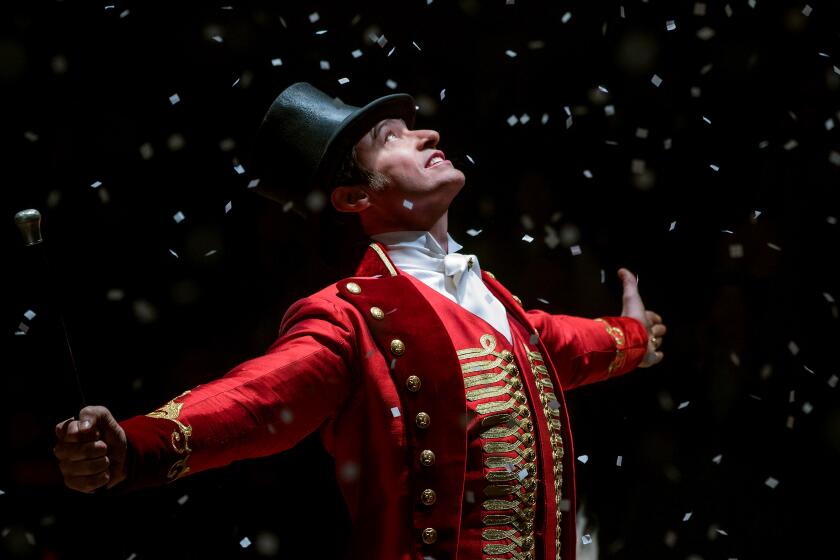Panic and anger can be a movie tonic
Great Hollywood movies and total economic collapse have a long and symbiotic history. They go way back. They stick together. They’re thought of, often, in the same breath. This is partly because when the stock market crash of 1929 didn’t bring the movie business down with it (though it almost did), it eventually ushered in the golden age of the screwball comedy. This gave rise to the idea that movies audiences of the 1930s wanted nothing more, when things were at their worst, than to escape into a world of glamour and sophistication.
Although it’s true that someone looking only at the prodigious and popular output of MGM in the 1930s might deduce that life in America between 1930 and 1939 was a paradise of cocktails, country houses and marabou, screwball comedies didn’t come into existence until about five years after the crash. And not every studio made it its business to refract bubbles and light, either. Warner Bros.’ films during the Depression featured gangsters, working-class schmucks, fallen women and downbeat endings. “I Am a Fugitive From a Chain Gang,” for example, played and ended on an exceptionally hopeless note.
Universal’s monster movies of the time -- “Dracula,” “Frankenstein,” “The Mummy” and “The Bride of Frankenstein” -- were so successful that even MGM tried its hand at one. (Hence Tod Browning’s profoundly upsetting “Freaks,” a movie about a beautiful, evil trapeze artist who conspires to marry and kill a circus midget for his money and is eventually descended upon by the other sideshow freaks, claiming her as one of them.) Even the Marx Brothers comedies have been interpreted by critics as embodying a kind of go-for-broke nihilism that could have come out of only a deep sense of collective despair.
The films of the 1930s were just as notable, in other words, for reflecting the panic, anger, disillusionment and despair brought on by the financial collapse as they were for providing an escape. And this pendulum swing from boom-time films to hard-times films is something we saw again in the ‘70s, and again in the early ‘90s, and again today-- despite widespread interest in the talking-Chihuahua movie.
The desire for escapism that accompanies rough financial times is real, but boom times are also followed by painful and protracted cultural hangovers, and cultural hangovers are all about artistic reckoning. When good times give way suddenly to bad (or, in this case, when bad times give way suddenly to worse), fashion, materialism and excess suddenly become suspect. The arts revert temporarily (until there’s money to be made again) to the starving, the angry and the ugly. There’s something cathartic about this -- the nihilism of film noir, punk rock, the “pathetic aesthetic” of the early ‘90s constitute a jubilant 11th hour yawp against unreflective hedonism in boom times.
This isn’t to say that Hollywood, that great lagging cultural indicator, will be in the forefront of this shift. Nor that audiences will embrace the backlash en masse. So far, this hasn’t been the case, despite the fact that more and more movies seem to embody the cynicism of the times. Driving by my local mini-multiplex last weekend I noticed a trifecta of disaffection: “W,” “Religulous” and “Burn After Reading” were playing side-by-side, and it occurred to me that this lineup would not have been thinkable even as recently as 2006.
The pendulum seems to be swinging again from the decadent mainstream art of fat times to the scrappy countercultural art of lean times. For a while, at least, anger and unadorned reality may stage a cathartic comeback.
--
More to Read
Only good movies
Get the Indie Focus newsletter, Mark Olsen's weekly guide to the world of cinema.
You may occasionally receive promotional content from the Los Angeles Times.










